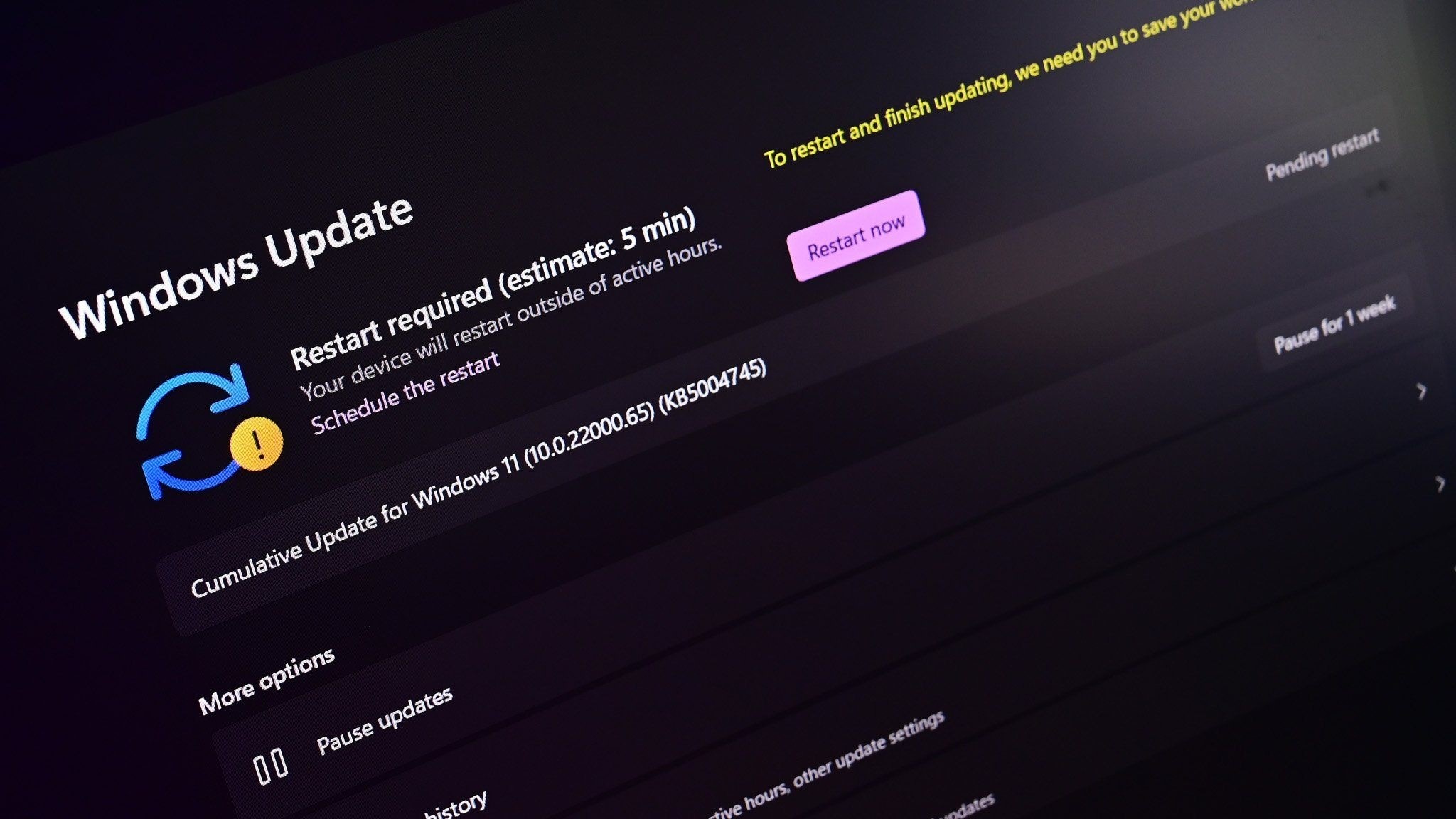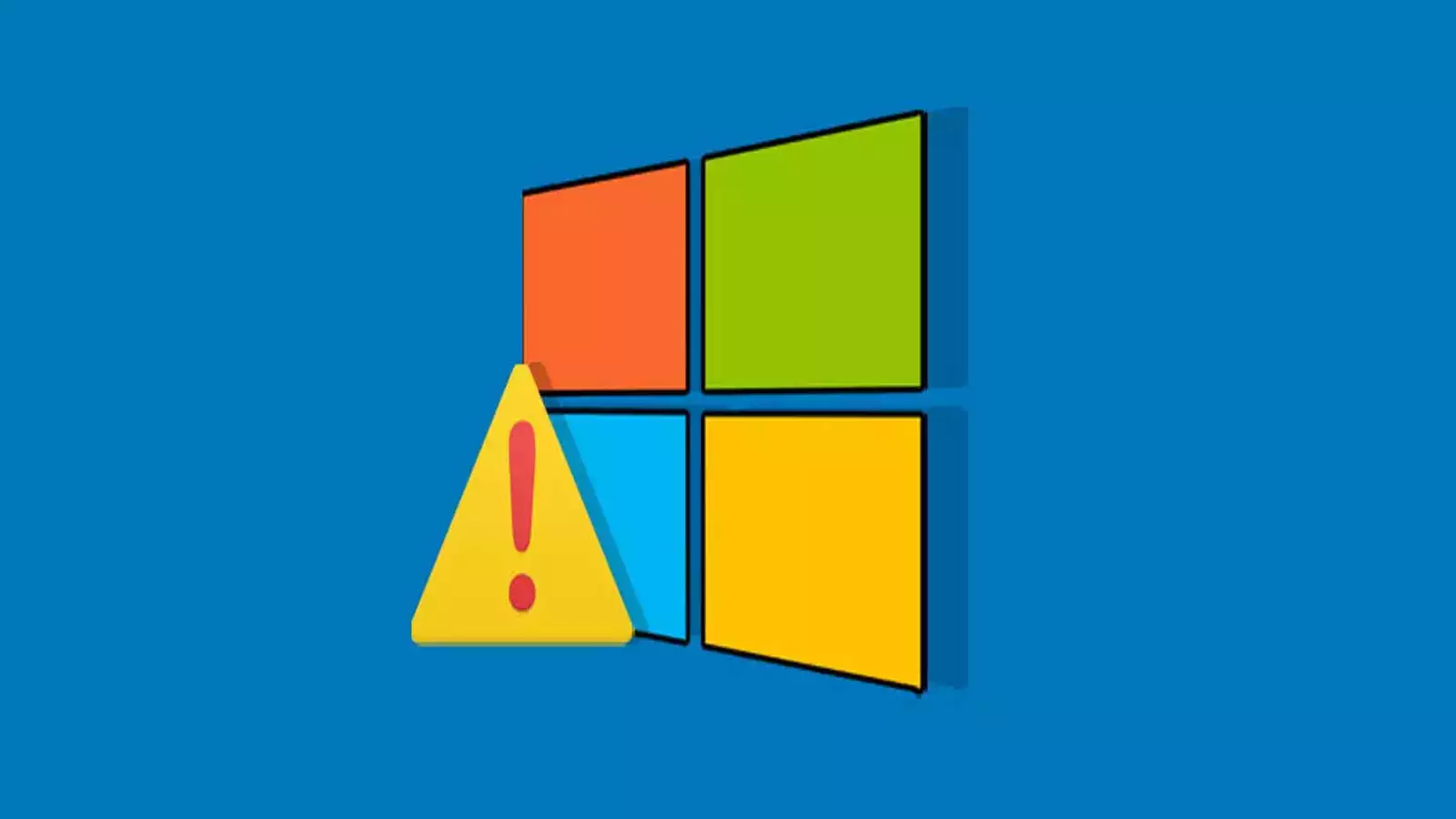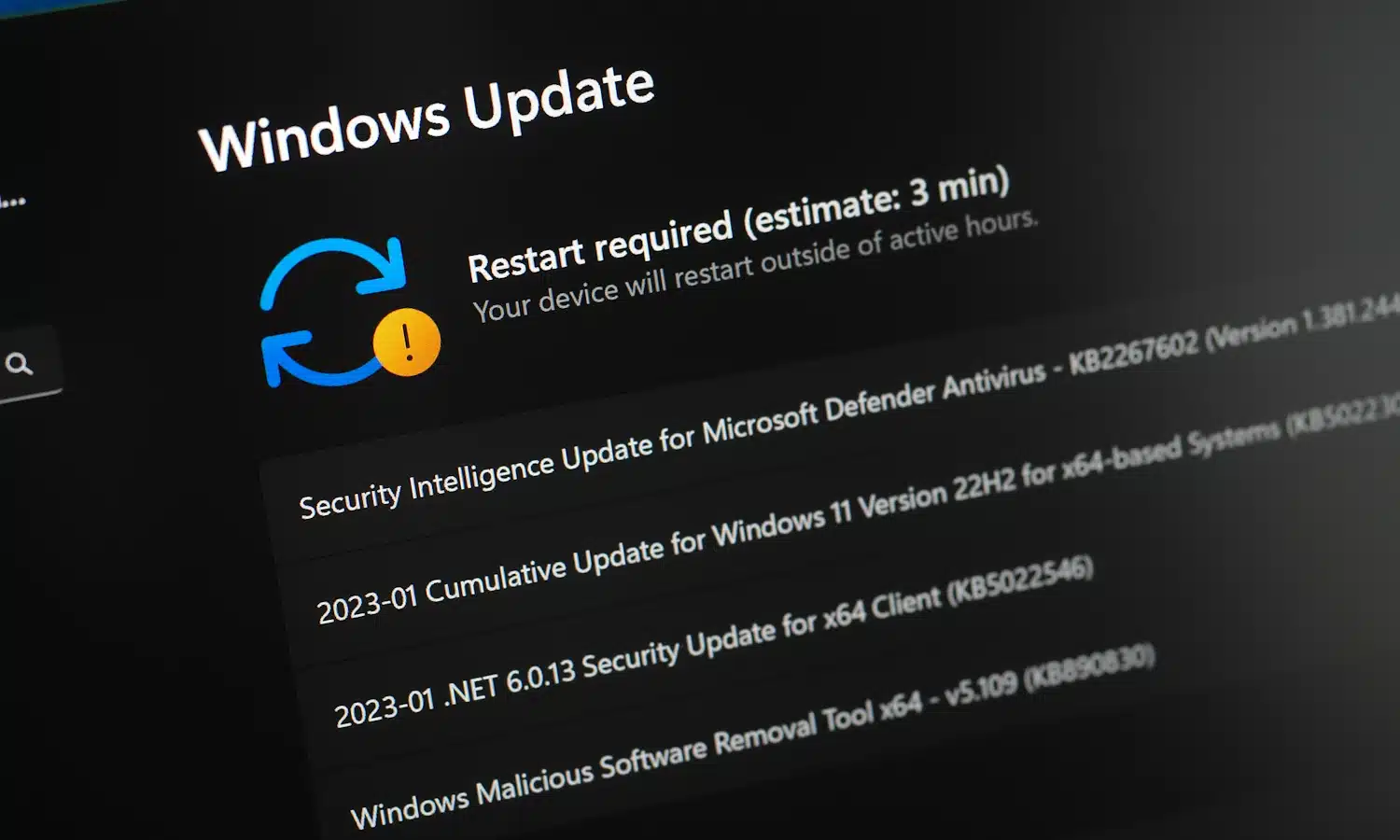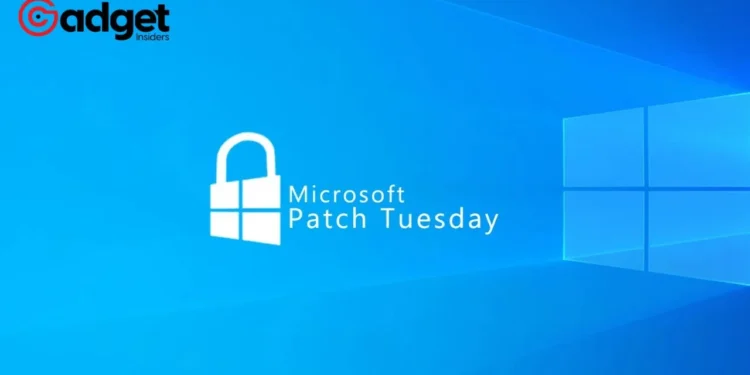In an era where digital security is a paramount concern for both individuals and corporations, Microsoft’s recent Patch Tuesday release underscores the ongoing battle against cyber threats. This February, Microsoft rolled out a significant update package, addressing a wide array of vulnerabilities, including two critical zero-day flaws that have caught the cybersecurity world’s attention. These vulnerabilities, identified within MS Outlook and Microsoft Exchange, had been actively exploited, compelling the company to issue immediate fixes.

Spotlight on Zero-Day Flaws: Outlook and Exchange Under Threat
The zero-day vulnerabilities labeled CVE-2024-21410 in Microsoft Outlook and CVE-2024-21413 in Microsoft Exchange, represented a significant threat to data security, allowing attackers to potentially gain unauthorized access or control. Alongside these, the company also tackled the Windows SmartScreen vulnerability (CVE-2024-21351), which had been reported as actively exploited. The urgency to patch these vulnerabilities was clear, with Microsoft recommending “Patch Now” schedules for affected software, including Office, Windows, and Exchange Server platforms.
Microsoft’s Known Issues and Major Revisions: Navigating the Update Landscape
Despite the critical nature of the updates, Microsoft’s Patch Tuesday release was not without its complications. Known issues persisted, such as challenges with desktop icons on multi-monitor setups and problems with Chromium-based browsers displaying a white screen upon opening. Moreover, the release saw an unusual number of CVE vulnerability revisions, mainly due to errors in the publication process. However, two revisions—CVE-2024-21410 and CVE-2024-21413—required special attention due to their serious implications for Microsoft Outlook and Exchange Server security.

Mitigations, Workarounds, and the Importance of Timely Updates
The latest release included detailed mitigation strategies for the vulnerabilities addressed. Among these was an update for an older spoofing vulnerability in the Windows AppX Installer, demonstrating the company’s commitment to securing its ecosystem comprehensively. Additionally, the Readiness team provided actionable testing guidance to ensure that the patches’ deployment would not adversely affect users’ applications and systems.
#PatchTuesday – #Microsoft has landed system administrators with a busy February after releasing updates for 73 vulnerabilities, including two #zeroday flaws currently under active exploitation
➡️https://t.co/NZcnXaj7mZ #cybersecurity #cyberthreat w./ @InfosecurityMag
— Stormshield (@Stormshield) February 15, 2024
A Multi-Faceted Approach to Security: From Networking to Development Tools
The February Patch Tuesday release was not limited to fixing vulnerabilities; it also included updates aimed at enhancing the security and functionality of various components. For example, updates to DNS and RPC clients were introduced alongside improvements to Internet Connection Sharing and development tools like Microsoft Message Queue (MSMQ) and SQL OLEDB. Office users also received updates, with particular attention given to integrating Adobe Reader and PDF file formats more securely.

Emphasizing the Need for Vigilance and Prompt Action
Microsoft’s comprehensive update underscores the critical need for vigilance and prompt action in today’s cybersecurity landscape. From addressing zero-day vulnerabilities to resolving known issues and enhancing overall system security, the Patch Tuesday release reflects the company’s ongoing commitment to protecting its users. As cyber threats evolve, so too must our responses, with timely updates and informed cybersecurity practices being paramount to safeguarding digital assets and information.










